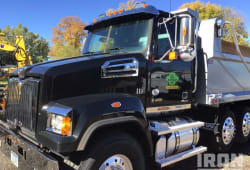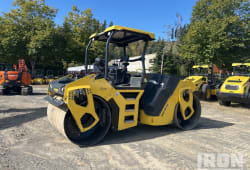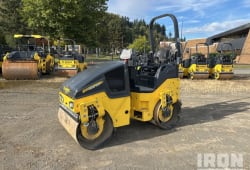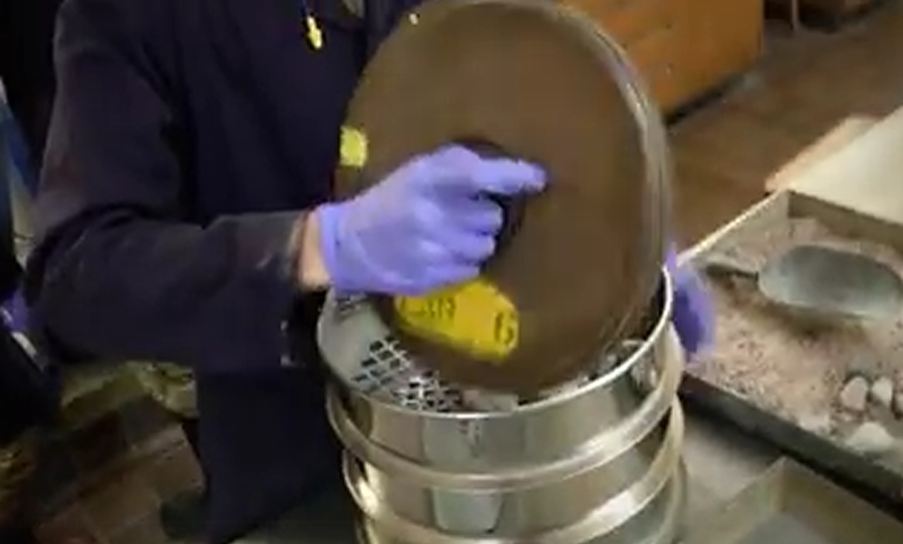Boosting Safety with Advanced Crane Technology
4 Min read
)
May 14, 2023
Crane technology has come a long way since its invention in ancient Greece. Today, advanced crane technology has revolutionized the way we move large objects, making it easier, safer, and more efficient, and is far from the existing crane models.
In this blog post, we will be looking at some of the ways that advanced crane technology is making it possible to maximize public safety and the health of employees.
Types of Cranes
There are many types of cranes in the specialized crane market, each one having sophisticated applications. Let's explore a few examples of the specialized crane market.
:format(webp))
Overhead Cranes: Overhead types are used to lift and move heavy loads from one place to another. These are typically mounted to the ceiling of a building and can be used to move objects horizontally or vertically.
Gantry Cranes: Gantry types are used to move objects from one place to another horizontally. These machines are typically mounted to the ground and can be used to move objects over short or long distances.
Mobile Cranes: Mobile types are used to move objects from two points and are typically mounted on trucks or trailers.
Telescopic Cranes: Telescopic types are used to move objects vertically and are often used in construction, mining, and other industries that require the movement of heavy objects. Telescopic are typically mounted on the ground and can be used to move objects over long distances.
Safety Features of Crane Technology
Advanced crane technologies have revolutionized the way we move large objects, addressing the safety concerns of highly trained, experienced engineers. When you install cranes, they must be equipped with advanced crane technologies and custom solutions.
Modern cranes are usually equipped with a variety of safety features and systems that help to reduce the risk of accidents and injuries.
Enhanced automation
Advanced crane technology includes various monitoring systems and various automation features monitoring systems that can reduce the risk of accidents caused by human error. For example, some cranes have sensors that can detect nearby obstacles and automatically adjust their movements to avoid collisions.
Improved load monitoring
Advanced crane technology allows for better monitoring of the weight and position of loads on overhead cranes. This can help prevent overloading and ensure that loads are properly balanced, reducing the risk of accidents.
Remote operation
Some advanced cranes can be operated remotely, improving safety by allowing operators to work from a safer location, away from potential hazards.
Better communication
Advanced crane technology often includes features that improve communication between the crane operator experienced engineers, technicians, and other workers on the job site. This can help ensure that project managers are aware of what is happening and can take appropriate safety measures.
Real-time data
Advanced crane technology can provide real-time data on crane performance and the complex surrounding environment. This can help operators and technicians make better decisions and adjust their actions to ensure safety.
Crane Safety in Action
Advanced crane technologies have helped prevent workplace accidents by improving safety on job sites. For instance, in a recent incident in Toronto, a crane equipped with sensors detected a potential collision with another crane and immediately stopped its movement.
This prevented a potential accident and injury to workers on the site. Such examples demonstrate the importance of investing in advanced crane technology to have high capacity, enhance safety, and reduce the risk of accidents in the workplace.
Conclusion
In conclusion, advanced crane technologies have revolutionized the construction industry by significantly improving safety on job sites. From enhanced automation to remote operation and real-time data, these technologies provide workers with better tools and information to prevent accidents caused by human error.
As technology continues to evolve, we can expect even more innovative solutions that will further improve safety and efficiency in the construction industry.
:format(webp))

Caleb Woods is an experienced content specialist and an editor at Boom & Bucket, blending his journalism background with expertise in the heavy equipment industry. He delivers engaging, informative content to help professionals stay informed and make smarter decisions in the machinery market.

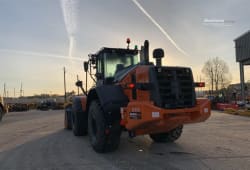
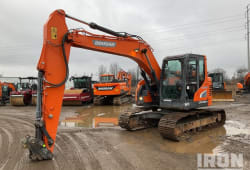
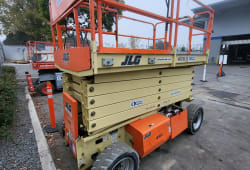
:format(webp))
:format(webp))



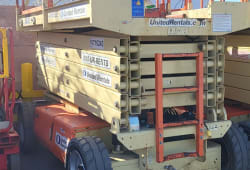
:format(webp))
:format(webp))

